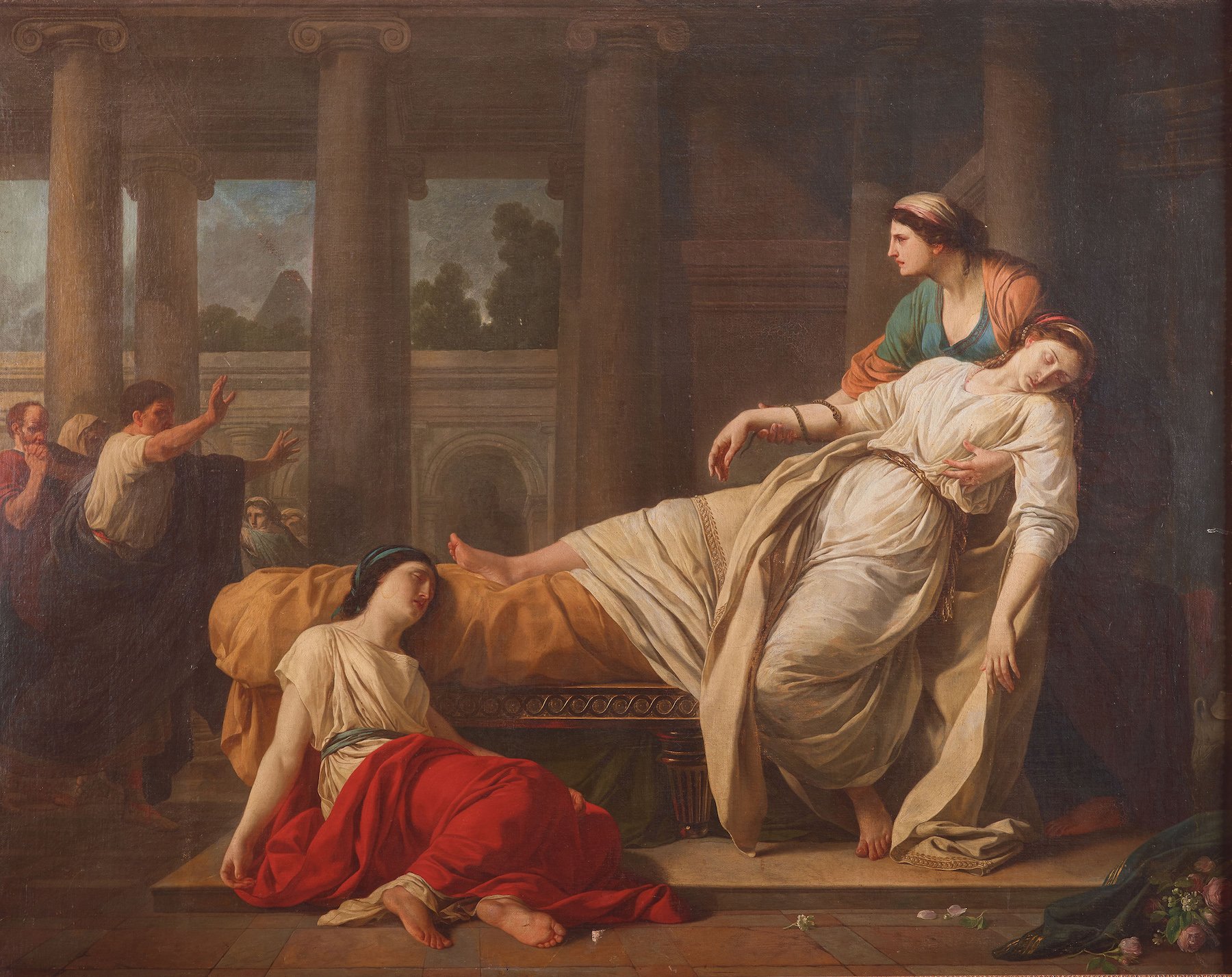
The Hunt explores art and ancient relics that are—alas!—lost to time. From the Ark of the Covenant to Cleopatra’s tomb, these legendary treasures have long captured the imaginations of historians and archaeologists, even if they remain buried under layers of sand, stone, and history.
She has one of the most captivating and enduring mythologies of any leader in history, yet the true end of Queen Cleopatra’s story remains an enigma. Archaeologists might be able to offer some clarity, if they could only find her final resting place.
The location of the Queen of the Nile’s tomb has eluded experts for centuries. Napoleon famously led an expedition searching for the crypt in the early 19th century. Egyptologists widely believe it is hidden somewhere in Alexandria, where the missing tombs of all 14 of the Ptolemaic Pharaohs, the final dynasty of ancient Egypt, are expected to be. Alas, much of ancient Alexandria now lies at the bottom of the Mediterranean Sea.
Greek historian Plutarch indicated that when Emperor Octavian ended a civil war by defeating Cleopatra and her beloved husband, the great Roman general Mark Antony, he allowed for them to be buried together. Though the prospect of finding both of their physical remains is thrilling, Plutarch wrote of their death and burial several decades after their occurrence, which casts his words into doubt.
Many Egyptologists accept that both the Queen and her royal consort died dramatically by suicide, she by snakebite and he by his own sword. Others speculate that she died by intentional drug overdose, or by stinging herself with a poison-tipped hairpin. A growing number of experts suspect the suicide is a cover-up—that perhaps the queen was murdered. Much of the contemporary understanding of Cleopatra is based on the accounts of ancient Roman and Greek historians who undoubtedly held a bias towards her. An autopsy of her mummy might reveal different truths.
Photograph of Theda Bara as Cleopatra in Cleopatra (1917). Photograph: ScreenProd / Photononstop / Alamy Stock Photo.
Today, the quest for Cleopatra VII Thea Philopator’s elusive burial place has been taken on primarily by Dominican archaeologist Kathleen Martinez, who has dedicated two decades of her life to this mission. Martinez subscribes to the snakebite ending. She believes the ancient queen’s suicide was a ceremonial act, part of a ritual apotheosis: shedding her mortal coil so as to ascend to the status of goddess. The ritual, Martinez theorizes, culminated in moving Cleopatra’s body from her palace to a temple 25 miles west of Alexandria, Taposiris Magna.
In 2022, Martinez announced the discovery of a tunnel running under the temple that she believes could have served as a corridor for delivering Cleopatra’s body. The tunnel is widely agreed to be an aqueduct, an exact replica of a similar structure found in Greece.
After working with Martinez for 11 years at Taposiris Magna, Zahi Hawass, former Minister of State for Antiquities Affairs of Egypt, now categorically disagrees with her. For one, it would be incredibly anomalous for a pharaoh to be interred at a temple. Furthermore, he asserts that there is “no evidence at all” to indicate that Cleopatra, ancient Egypt’s last pharaoh, is buried there.
“I believe now that Cleopatra was buried in her tomb that she built next to her palace and it is under the water,” Hawass lamented. “Her tomb will never be found.”